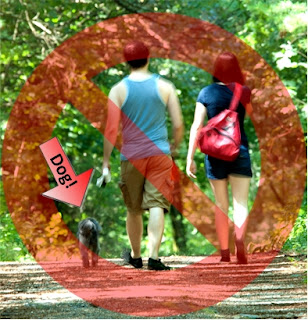Kingfisher Chatter
(a blog about Assabet River National Wildlife Refuge)
NOTE: Enter your email address above to subscribe/receive email when new Kingfisher Chatter posts are published
19 November 2013
Click on pictures which are linked to the originals on FARNWR's Flickr account
The Refuge has been quiet but still plenty of things to see and do there.
Birding with John M: John Milhaven led a morning birding walk last Saturday. Here is a partial list of sightings:
Bunker Tour: Jan Wright led a bunker tour last Sunday. It started in the Visitor Center with her presentation on the history of the ARNWR land especially from the time of the government taking of the land by eminent domain in 1942 during WWII. Residents were only given ten days to pack up and move out and construction of the ammo depot and bunkers commenced almost immediately. The site was used to store munitions from navy vessels docking in Boston Harbor and surroundings. The ammo was removed to enhance the safety of the harbor in case of accident or attack. It was carried by rail to be stored in the bunkers (officially know as "igloos"). The site (now ARNWR) which touches Maynard, Stow, Hudson and Sudbury was just out of the range of enemy battleship firepower of the time making it a safer prospect than storing anywhere near the city.
Following the war it served for troop training, munitions testing and numerous projects associated with the Army's Natick Labs. Camo gear, parachutes and other materials and equipment were tested here. Our Refuge was established in 2000 but it was not opened to the public until structures were demolished and Superfund cleanup was completed.
Bunker #303 was opened. It was dark and echoey and remarkably clean and fresh smelling. I would have expected dank! Click on the image below to see photos from the tour.
Flora & Flora Spotted Recently
Deer: spotted from a distance crossing Harry's Way near Kingfisher Trail. These were very mature does, both unusually tall. Legs too short for moose more reminiscent of elk but there are no Elk in this area.
Yellow-legged Meadowhawk Dragonflies are still about, particularly around Puffer Pond.
Remarkably these two are both males in mating position! Thanks to both Betty and Jini Foster for help with identification.
Here's what Betty Wright has to say about Yellow-legged Meadowhawk Dragonflies:
They are the only Meadowhawks to fly in November; the latest to fly
They can feed at temperatures below 50 degrees
Eyes are reddish brown
Brown to yellow basal wing patches
Early legs are dull yellowish; the older legs are dull brown
Lack of black on legs and usually less black on the sides of the abdomen distinguish this species from other Meadowhawks
Here are some other comments from Betty:On Kingfisher: I saw a Kingfisher. This surprised me, but according to David Sibley, while they will migrate, they will stay as far North as there is open water. Mine could have been migrating or one that planned to winter here
On Earthworm: There is not a native earthworm in North America. They are all invasives and come from Europe. I am not sure whether we are better or worse for them
On Wintergreen:
When I was much younger, the advice was to chew on Wintergreen leaves. Now, people into herbal medicines like Arthur Haines say never chew the leaves
Betty will be a frequent contributor to this blog :-). Welcome aboard Betty and thanks!
As the weather continues to cool the waterways within the Refuge will be resting place for migrating and returning waterfowl. Keep an eye open for Mergansers, Buffleheads, Teal, Ring-necked Ducks and others. Come on down and keep watch. Though the Refuge is seemingly quiet there is a lot of work going on. Beavers and muskrats are preparing and repairing their lodges and stockpiling materials for the long winter. Watch for their activity near sunrise and sunset. Also look for new beaver work (gnawed and felled trees) along waterways.
Speaking of muskrats, Paulette Freedman will lead a Fledgling program
this Friday (22 Nov) at 10:30AM with a focus on muskrats and cattails. Age
range for this is 2 to 5 year olds and will be held in the ARNWR Visitors Center.
See you on the Refuge.
- The Kingfisher -




















